People with Down syndrome often experience challenges in the development of their spoken and written communication skills. The book Multimodal AAC for Individuals with Down Syndrome explores how augmentative and alternative communication (AAC) can help people with Down syndrome strengthen their communication skills and participate more meaningfully in their communities, from early childhood through adulthood. In this Q&A, editors Krista Wilkinson and Lizbeth Finestack talk about their book, how a person with Down syndrome’s communication needs change across their lifespan, the importance of self-advocacy skills, and more.
What makes your book a groundbreaking contribution to the existing literature on AAC?
This book is groundbreaking because it directly addresses the need to support effective communication in individuals with Down syndrome throughout the lifespan and in a variety of settings, including life transitions and self-advocacy activities.
Often, communication interventions provided to people with Down syndrome focus solely on production and comprehension of speech. While this focus is critical and should of course continue, the reality is that for many individuals with Down syndrome, the spoken mode of communication does not meet all of their expressive or receptive communication needs—even with the benefit of excellent intervention. This is particularly true during interactions with unfamiliar people. It is therefore important to consider the many diverse and effective ways to augment their spoken communication. This book lays out the wide range of potential AAC possibilities and outlines many of their critical functions.
for many individuals with Down syndrome, the spoken mode of communication does not meet all of their expressive or receptive communication needs...
This book is needed now because people with Down syndrome are living rich lives in school, vocational, social, and community settings. Supporting effective communication in each of these settings is critical to promoting full participation and engagement.
Your book is lifespan-focused, encompassing a broad age range. How does the book address the ways in which a person’s communication needs evolve over the course of their life?
This book directly addresses two very outdated misconceptions. The first is the misconception that most individuals with Down syndrome reach a plateau in their speech and language development early in life. The second is that AAC is only appropriate for individuals with very limited communication abilities. It is clear that people with Down syndrome continue to develop speech and language skills throughout their lifespan. Additionally, a substantial number of adults with Down syndrome develop Alzheimer’s disease, which affects their communication abilities later in life. Thus, the book includes chapters focused on all stages of development: early childhood, the school years and adolescence, and adulthood.
The book also provides specific strategies and methods for using AAC to support the communication of people with Down syndrome throughout their lifespan as their communication skills and needs change over time. These strategies include those that are considered aided—such as low technology notes and symbol books—as well as high-technology communication devices operated using eye gaze. Unaided communication strategies such as the use of gestures and sign language are also included. The book is designed to showcase the ways in which AAC may continually support the individual communication skills and needs of each person with Down syndrome throughout their lifetime.
Self-advocacy and self-determination are topics we cover frequently on this blog. How does the information in your book contribute to stronger self-advocacy skills for people with Down syndrome?
The principles of self-advocacy and self-determination underlie all of AAC interventions and are addressed in virtually all of the chapters. When an individual’s expressive or receptive speech skills are not meeting all their communication and language needs, that person will be compromised in their ability to engage effectively in self-advocacy and self-determination. When we offer that person AAC-supported methods of communication, we promote their ability to engage effectively in decision-making about their lives, from basic minutiae of everyday life (what game to play after dinner this evening) to larger decisions about employment, health care, and the like.
When an individual’s expressive or receptive speech skills are not meeting all their communication and language needs, that person will be compromised in their ability to engage effectively in self-advocacy and self-determination.
As an example, the chapter on AAC in healthcare settings discusses the use of visual supports to promote independent reporting. The idea is that individuals with Down syndrome—rather than their accompanying caregiver—should be able to communicate with healthcare professionals about their current healthcare status, including pain symptoms, sleep activity, and eating habits. That chapter describes visual supports that could be implemented when a person with Down syndrome must undergo a medical procedure, such as an evaluation for sleep apnea. These supports could be used to help the person understand what to expect and engage in self-advocacy during the actual procedure. In all aspects of their lives, being able to engage in clear communication as independently as possible will provide people with Down syndrome the tools to advocate for themselves and to be a part of determining their own path forward.
What are three of the most important things an SLP or educator will know after studying Multimodal AAC for Individuals with Down Syndrome?
Of course, we certainly hope that SLPs and educators, as well as administrators, family members, employment case coordinators, guidance counselors, social workers, nurses, and many more benefit from information presented in our book. Here are three main takeaways that we want everyone to gain:
- Regardless of the stage of development and speech and language abilities, there are many AAC options to support the communication of individuals with Down syndrome.
- The types and levels of AAC supports that people with Down syndrome need will likely change significantly over their lifespan, but should always be considered.
- AAC supports both expressive and receptive communication skills, allowing people with Down syndrome to communicate more effectively and efficient.
***
Get the book behind today’s blog post for comprehensive guidance on supporting people with Down syndrome through AAC!
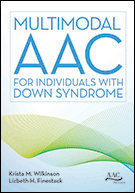
Multimodal AAC for Individuals with Down Syndrome
Edited by Krista M. Wilkinson, Ph.D., & Lizbeth H. Finestack, Ph.D., CCC-SLP
Bringing together an interdisciplinary group of more than 25 experts on AAC and Down syndrome, this must-have resource gives professionals research-based guidance on helping people with Down syndrome develop stronger communication skills and participate meaningfully in their schools and communities.
Stay up to date on the latest posts, news, strategies, and more!
Sign up for one of our FREE newslettersMore posts like this
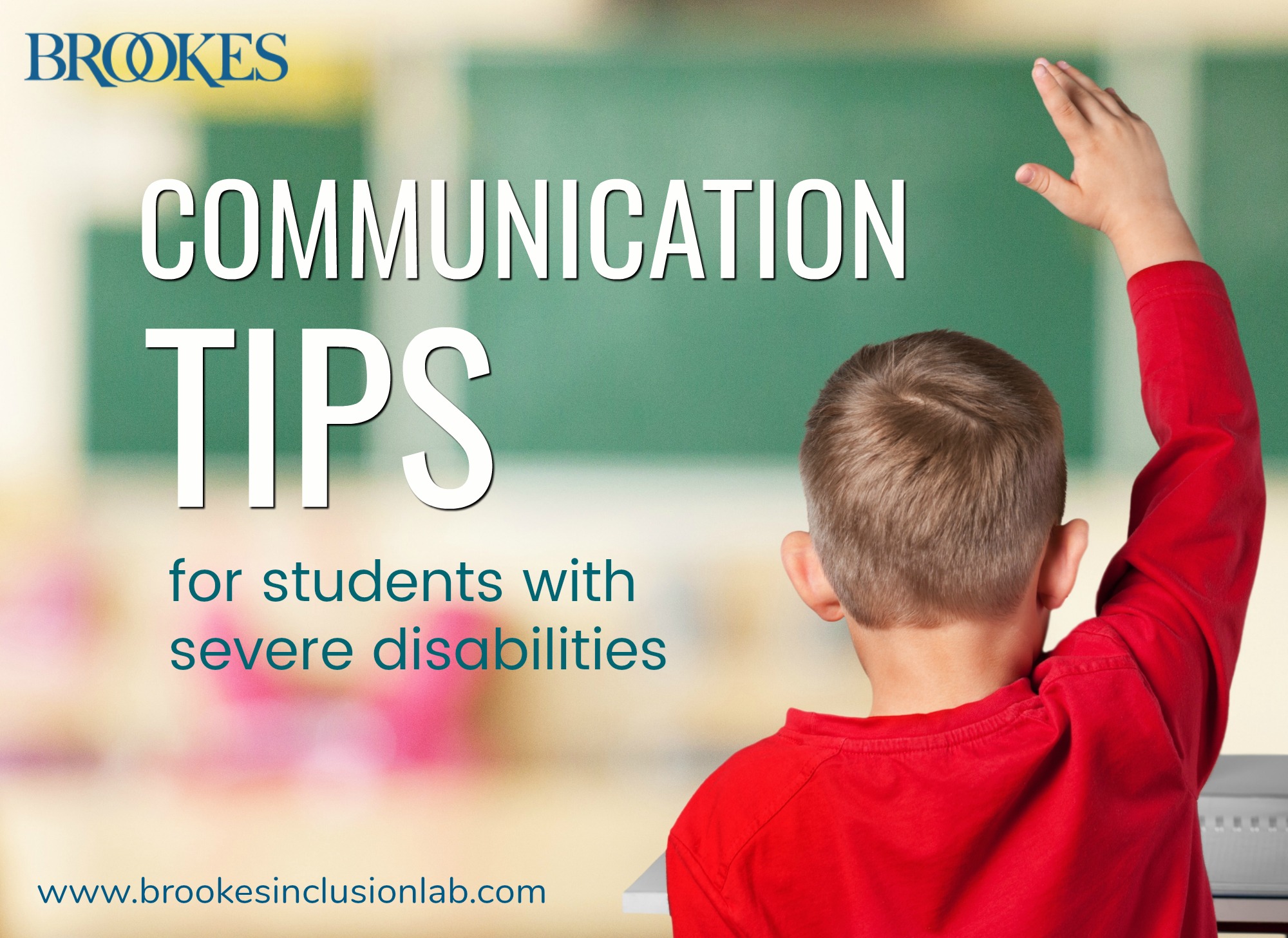
Beyond Yes and No: Tips on Helping Students with Severe Disabilities Expand Their Communication Skills
July 30, 2019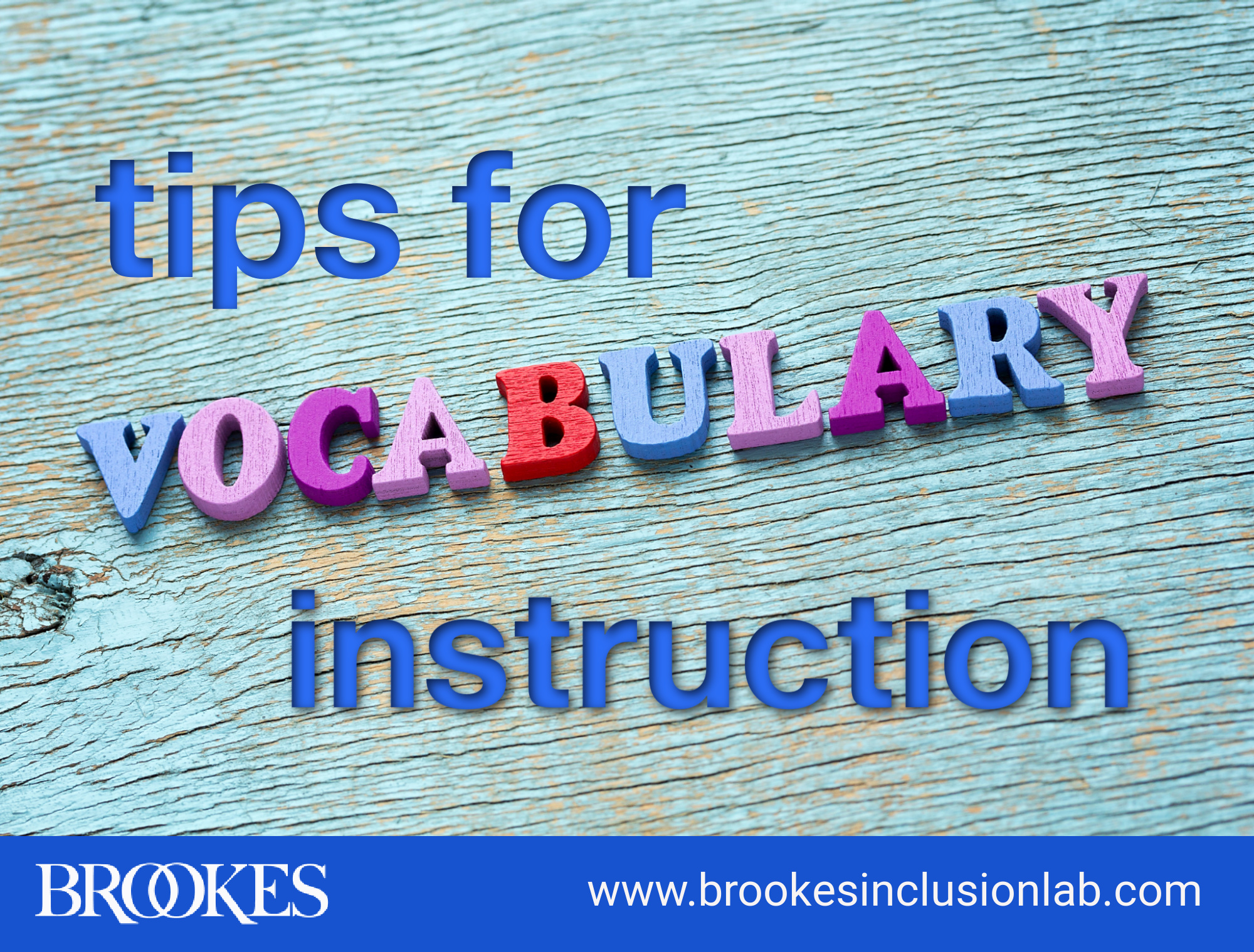
Vocabulary Instruction Tips for Students With and Without Disabilities
February 9, 2021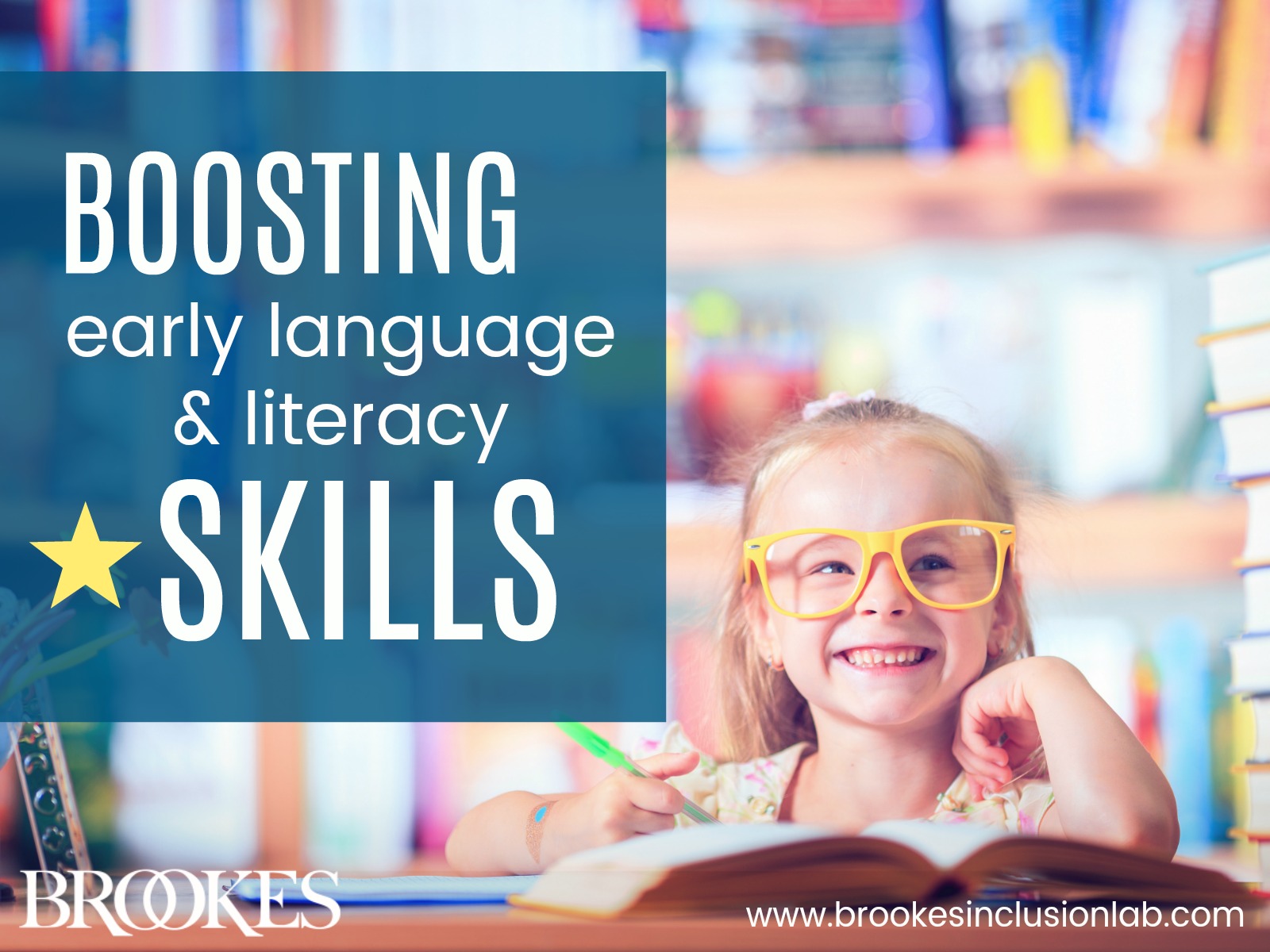

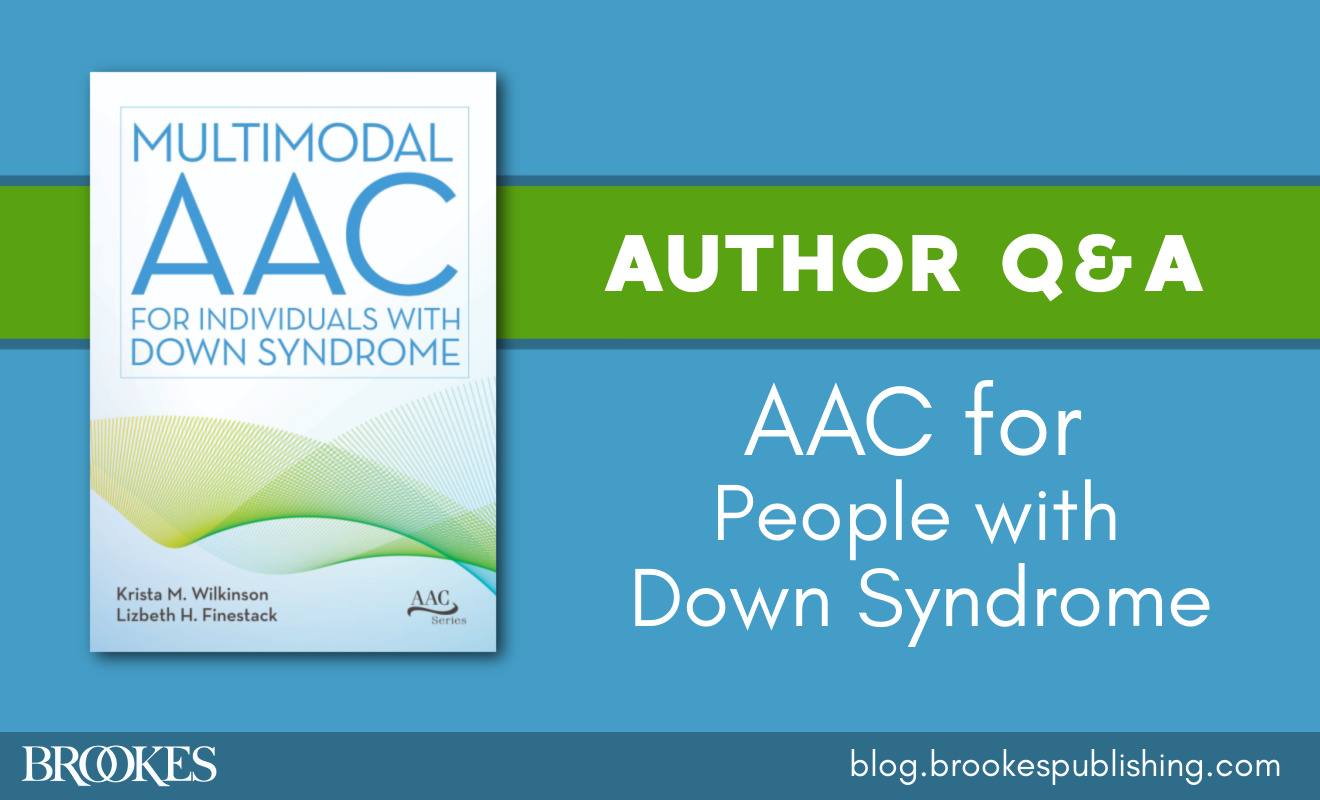
Write a Comment
Your email address will not be published. Required fields are marked *
Post a Comment